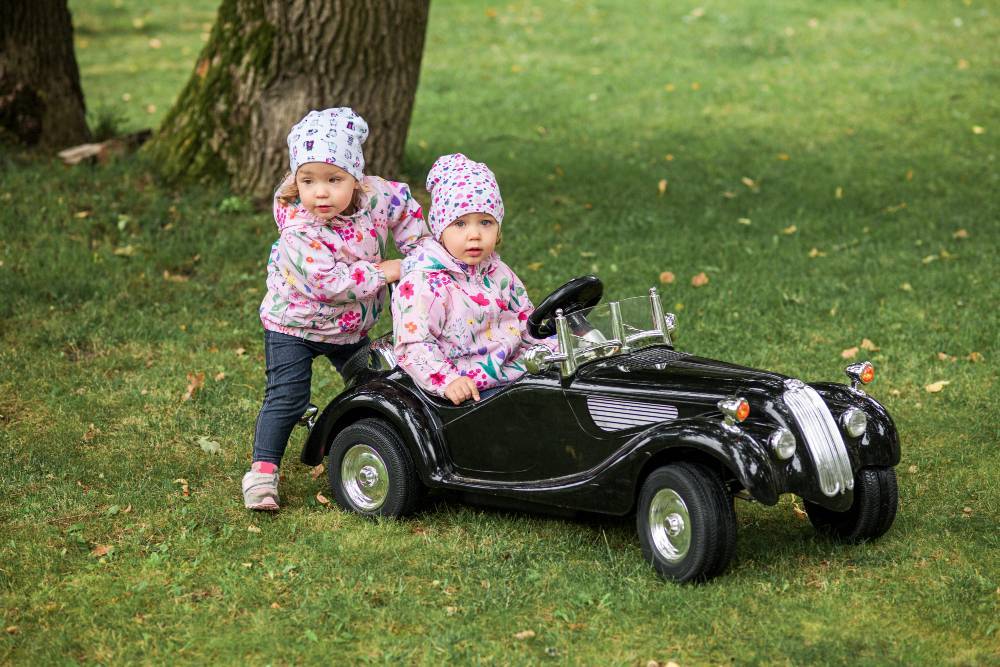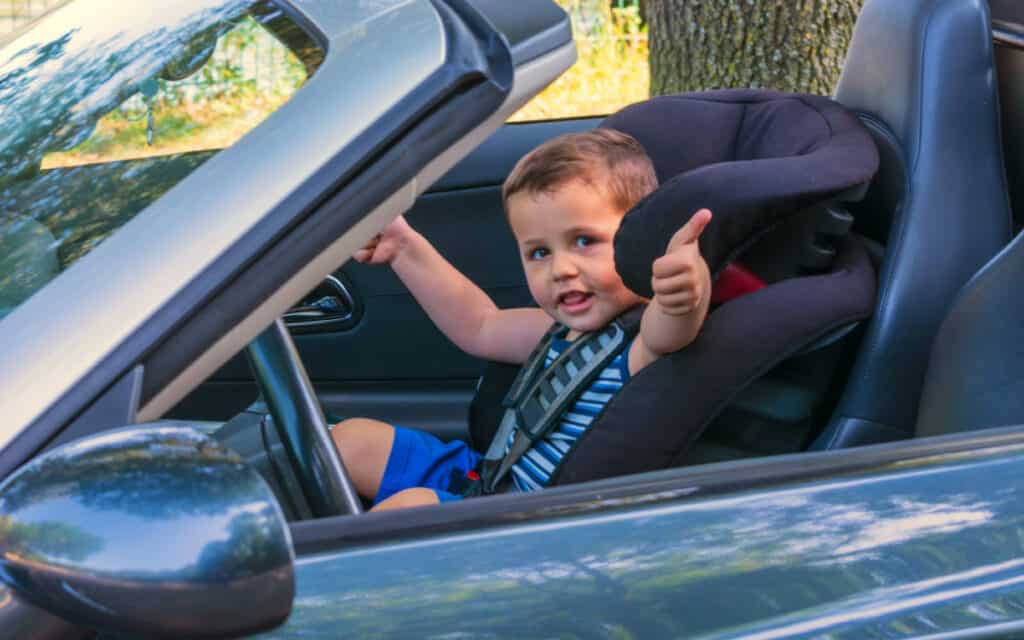Choosing the Perfect Kids Car: A Comprehensive Guide for Parents
Selecting the perfect kids’ car is a decision that involves considering various factors, from safety features to age-appropriate designs. As parents, ensuring that the chosen toy car aligns with both fun and safety is paramount. In this comprehensive guide, we will explore the key aspects that parents should take into account when choosing the perfect kids’ car, providing insights to make the decision-making process enjoyable and informed.
Age-Appropriate Designs:
The first consideration in choosing a kids’ car is its age-appropriateness. Different models cater to various age groups, ensuring that the toy is both safe and engaging for the child. For younger children, simpler designs with wide seats and easy-to-use steering mechanisms are ideal. As children grow older, more intricate designs with additional features can be introduced, aligning with their developing motor skills and coordination.
Safety Features:

Safety is of utmost importance when it comes to kids’ cars. Parents should carefully assess the safety features of each model, looking for sturdy construction, non-toxic materials, and secure seat belts. Some electric ride-on cars come equipped with parental remote control, allowing parents to take over if needed. Assessing the stability of the car, especially for younger children, ensures a safe and enjoyable riding experience.
Power Source:
Kids’ cars come in various power sources, including pedal-powered, battery-operated, and electric models. Pedal-powered cars offer a classic and manual riding experience, suitable for younger children developing their leg strength. Battery-operated and electric ride-ons provide a more dynamic experience, often featuring realistic sounds, lights, and even music. Parents should consider the child’s age, preferences, and the practicality of maintaining the chosen power source.
Size and Weight Limitations:
Kids’ cars come in different sizes to accommodate various age ranges. It’s crucial to choose a car that suits the child’s size, allowing them to comfortably reach the pedals or steering wheel. Additionally, understanding weight limitations is essential for ensuring safety and preventing damage to the toy. Checking the manufacturer’s recommendations and guidelines helps parents make an informed decision based on their child’s current size and potential growth.
Durability and Build Quality:
Investing in a durable and well-built kids’ car ensures longevity and a positive play experience. Look for models made from high-quality materials that can withstand outdoor play and occasional bumps. Robust construction contributes to the overall safety of the toy, preventing accidents caused by structural weaknesses. Reading reviews and researching the reputation of the manufacturer can provide insights into the durability and build quality of a particular model.
Interactive Features:
Kids’ cars (https://leotoystore.com/collections/kids-car) often come with interactive features that enhance the play experience. These may include realistic engine sounds, functional headlights, horn sounds, or even MP3 player compatibility. Assessing the interactive features based on the child’s preferences adds an extra layer of excitement to the toy. However, parents should strike a balance between entertainment and avoiding features that may distract the child while driving.

Assembly and Maintenance:
Consider the ease of assembly and maintenance when choosing a kids’ car. Some models may require intricate assembly, while others come pre-assembled or with straightforward instructions. Additionally, understanding the maintenance requirements, such as battery charging for electric models, ensures a seamless play experience. Parents should choose a model that aligns with their comfort level in terms of assembly and ongoing care.
Budget Considerations:
Budget is a practical aspect that influences the choices available to parents. Kids’ cars come in a wide range of price points, and understanding what features are essential versus optional can help parents make budget-conscious decisions. While it’s tempting to choose the flashiest model, finding a balance between affordability and desired features ensures satisfaction for both parents and children.
Choosing the perfect kids’ car involves a thoughtful consideration of age-appropriate designs, safety features, power sources, size limitations, durability, interactive features, assembly, maintenance, and budget considerations. By weighing these factors, parents can make an informed decision that aligns with their child’s developmental stage and personal preferences. The perfect kids’ car is not just a toy; it’s a vehicle for joy, imagination, and the development of essential skills that will accompany the child on their journey of growth and discovery.

